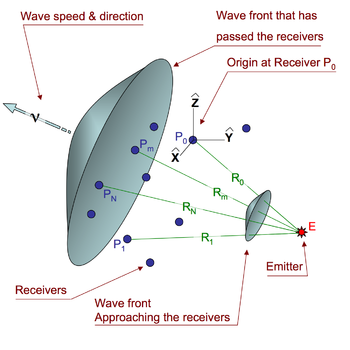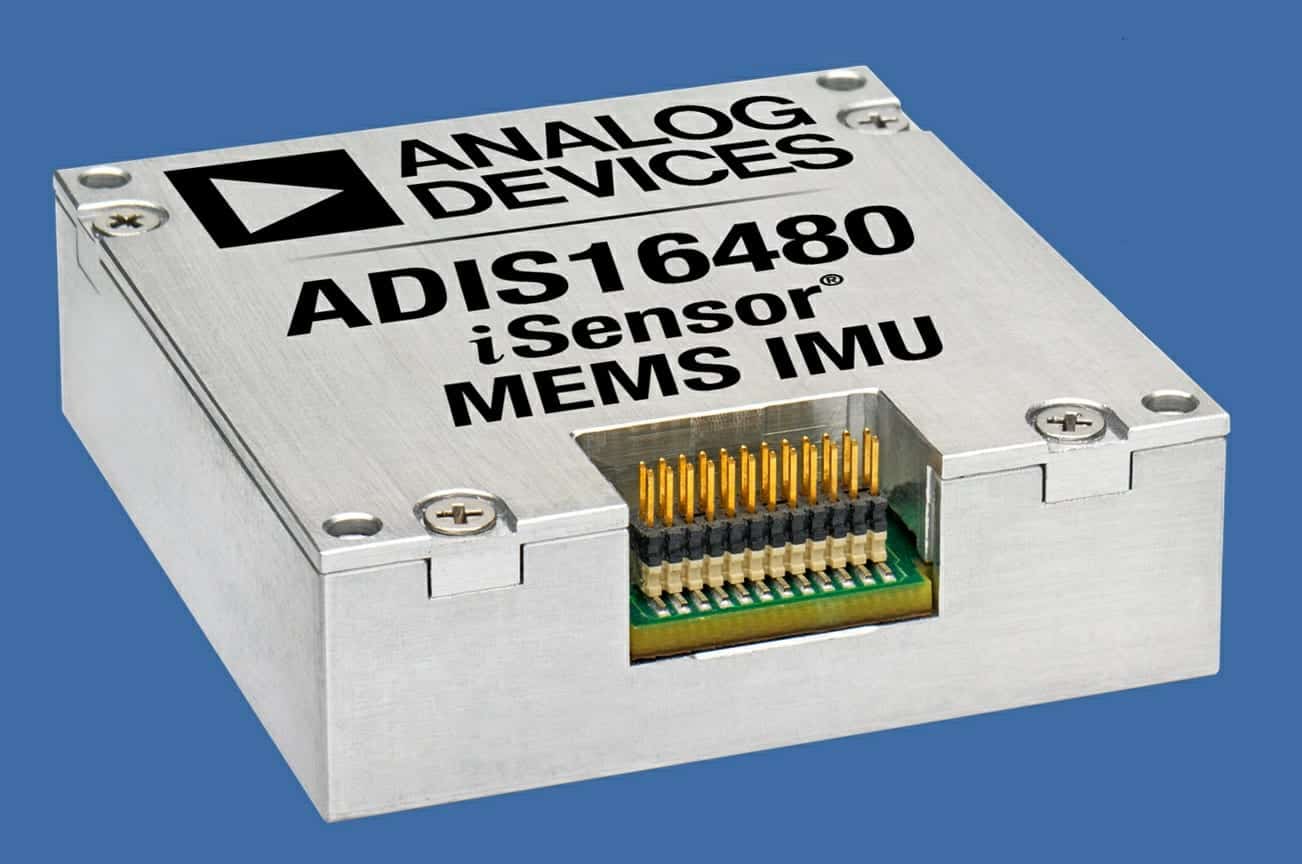We roundup Bluetooth 4.0 modules from different manufacturers to see what they have to offer for a gadget maker that needs to get
- Get their project on a Crowd-funding site
- Quick proof-of-concept ready as fast as possible (no one wants to fund slideware)
- Final product has decent manufacturing cost (no one wants to buy expensive gadget event for iPhone)
- Final product has to have global certifications (FCC and CE minimum)






 Targeting portable devices where space is at a premium, the NXP claims its new TFA9887 can deliver 2.6 watts RMS to speakers normally limited to 0.5 watts. In practice this means that tiny speakers can be 5 times louder without the sound deteriorating to garble.
Targeting portable devices where space is at a premium, the NXP claims its new TFA9887 can deliver 2.6 watts RMS to speakers normally limited to 0.5 watts. In practice this means that tiny speakers can be 5 times louder without the sound deteriorating to garble.


